January 8, 2014
CBI to embrace open plan working at new London HQ
The CBI is to move its headquarters to new offices in Cannon Street, London, after more than 30 years at its present Centre Point home, which is to be converted into apartments. Staff at the UK’s leading business organisation will make the switch from the multi floor office layouts of the 1960s built tower to an open plan 25,000 sq ft space when they move into the fourth floor of the eight-floored Cannon Place development in the spring. The CBI director-general, John Cridland, said he was looking forward to the move to the new offices, on which the organisation has signed a 15-year lease and invited its members to make use of a dedicated member’s lounge at the new London HQ to meet their clients and CBI staff. More →





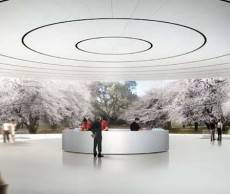




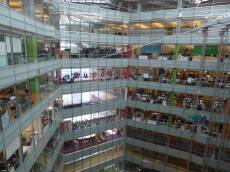


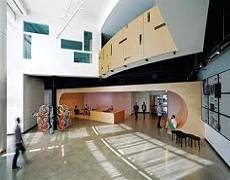

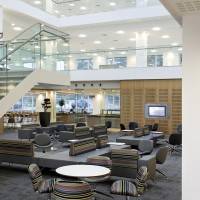








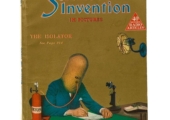

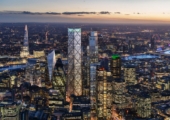



January 2, 2014
Why we should be wary of expert predictions for 2014
by Mark Eltringham • Comment, Facilities management, Workplace design
More →